If you're experiencing issues with your Windows 11 PC not displaying available Wi-Fi networks, it can be a significant inconvenience. This problem can arise due to various reasons, such as a disabled Wi-Fi adapter, outdated drivers, or incorrect system settings. Fortunately, there are several methods you can try to resolve this issue and restore your Wi-Fi connectivity.
Update the Wi-Fi Driver
Outdated or corrupted Wi-Fi drivers can cause your PC to fail in detecting available networks. Updating the driver can often fix the problem.
Step 1: Open the Start Menu by clicking the Windows icon on the taskbar, then type Device Manager in the search bar. Click on the 'Device Manager' app from the search results to open it.
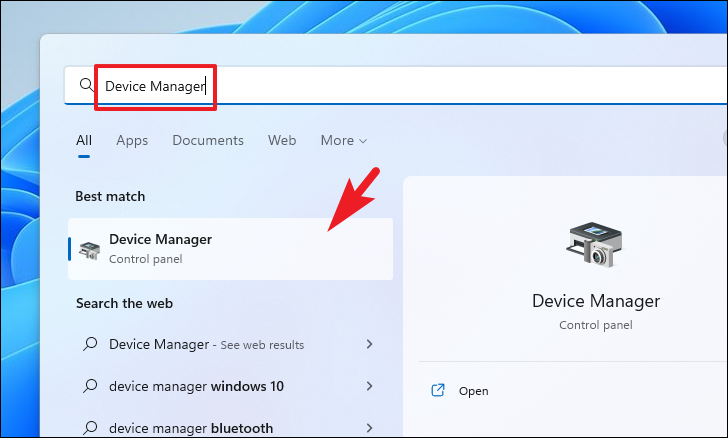
Step 2: In the Device Manager window, locate and expand the 'Network adapters' section by double-clicking on it.
Step 3: Find your Wi-Fi adapter from the list (it may include terms like "Wireless" or "Wi-Fi"), right-click on it, and select 'Update driver' from the context menu.

Step 4: In the Update Drivers window, click on 'Search automatically for drivers'. Windows will search for the latest driver and install it if available.
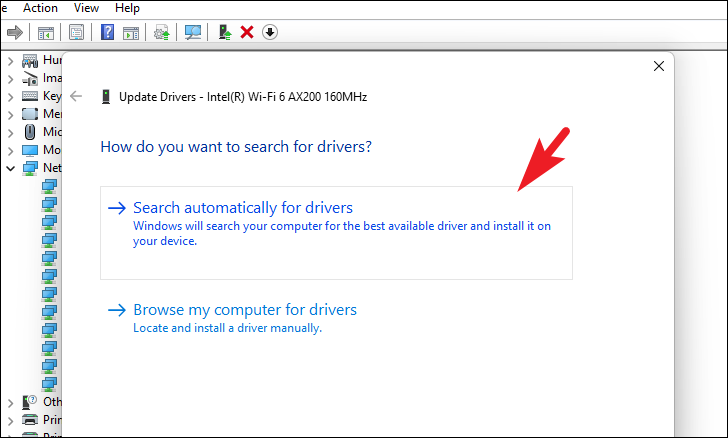
Step 5: After the driver installation completes, restart your PC to apply the changes.
If Windows doesn't find a new driver, you may also visit the manufacturer's website to download the latest driver for your Wi-Fi adapter and install it manually.
Enable the Wi-Fi Adapter from Control Panel
Sometimes, the Wi-Fi adapter might be disabled, preventing your system from detecting available networks. Enabling it can resolve the issue.
Step 1: Open the Start Menu and type Control Panel in the search bar. Click on the 'Control Panel' app in the results.
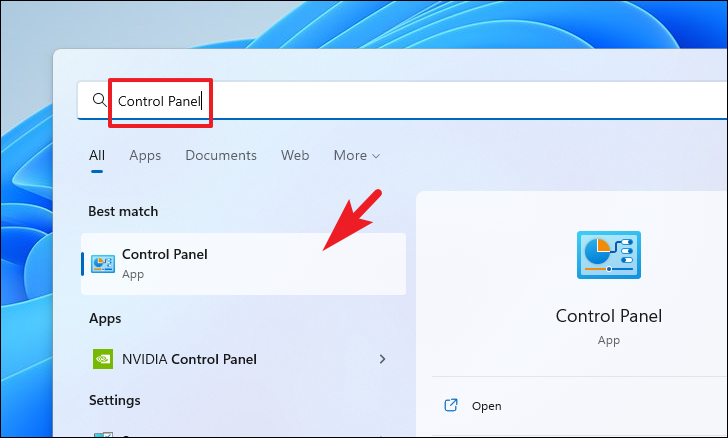
Step 2: In the Control Panel window, set the 'View by' option to 'Large icons' using the dropdown menu at the top-right corner.
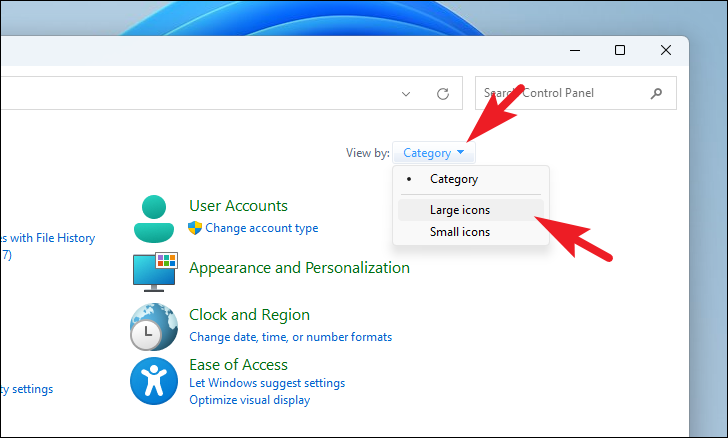
Step 3: Click on 'Network and Sharing Center'.
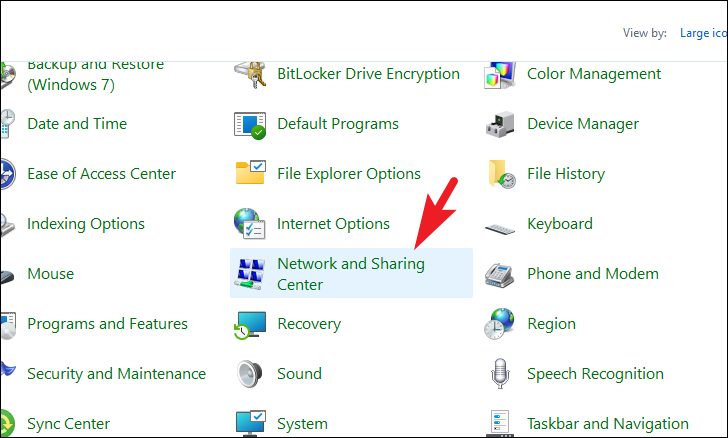
Step 4: On the left sidebar, click on 'Change adapter settings'.
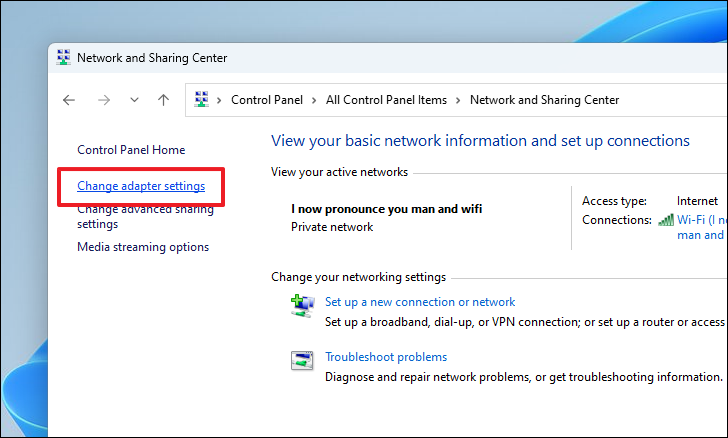
Step 5: In the Network Connections window, locate the 'Wi-Fi' adapter. If it's disabled, it will appear greyed out. Right-click on it and select 'Enable'.

Once enabled, check if the Wi-Fi networks are now visible.
Ensure Airplane Mode is Disabled
Airplane mode disables all wireless communications on your PC. Make sure it's turned off to allow Wi-Fi connections.
Step 1: Click on the network icon (Wi-Fi symbol) located at the far-right end of the taskbar to open the Quick Settings panel. Alternatively, press Windows+A on your keyboard.
Step 2: In the Quick Settings panel, ensure that the 'Airplane mode' button is not highlighted. If it is, click on it to disable Airplane mode.
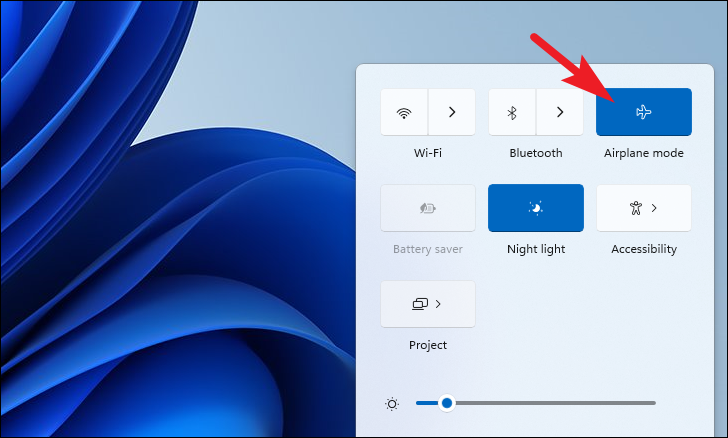
You can also disable Airplane mode through the Settings app:
Step 3: Open Settings by pressing Windows+I. Click on 'Network & internet' from the left sidebar.
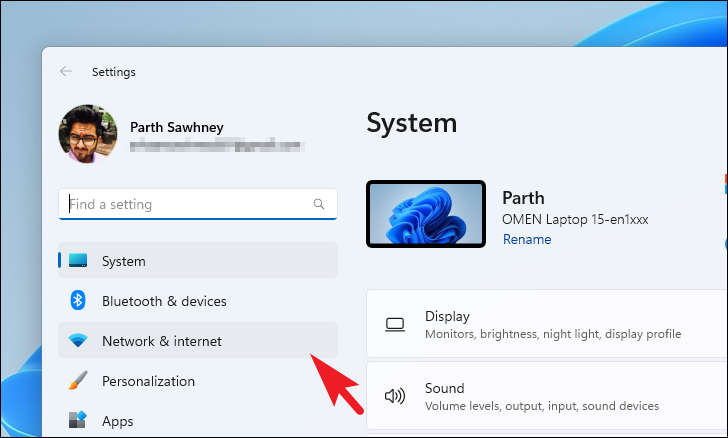
Step 4: On the right, click on the toggle switch next to 'Airplane mode' to turn it off.

Run the Network Adapter Troubleshooter
Windows 11 includes a built-in troubleshooter that can automatically detect and fix common network issues.
Step 1: Open Settings by pressing Windows+I. Ensure the 'System' tab is selected on the left sidebar.
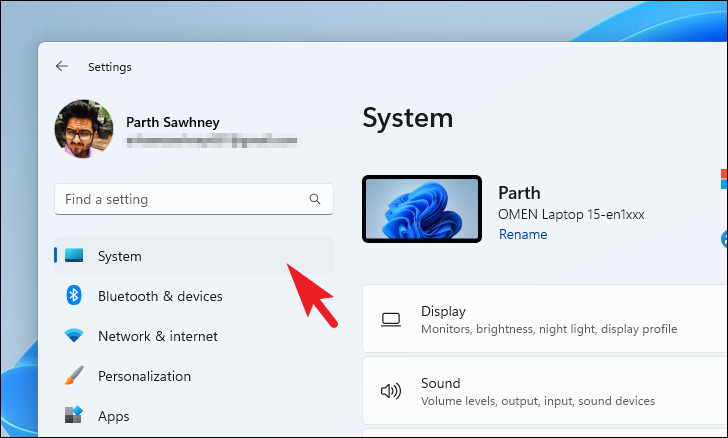
Step 2: Scroll down on the right and click on 'Troubleshoot'.

Step 3: Click on 'Other troubleshooters'.

Step 4: Find 'Network Adapter' in the list and click the 'Run' button next to it.

Step 5: In the troubleshooter window, select 'Wi-Fi' and click 'Next'. Follow the on-screen instructions to complete the process.
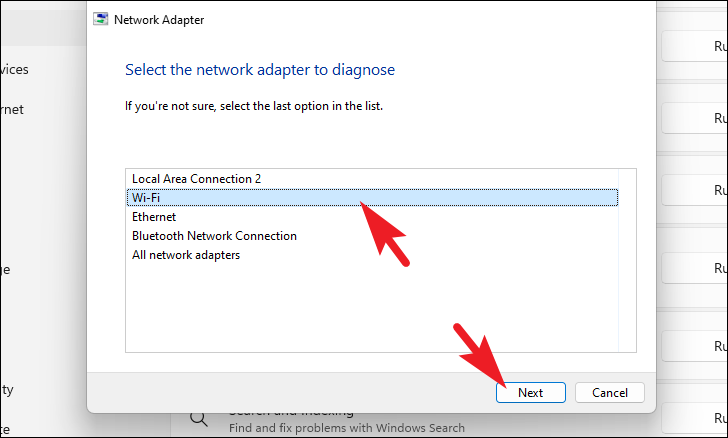
Make Sure the WLAN AutoConfig Service is Running
The WLAN AutoConfig service manages wireless connections. If it's not running, Wi-Fi networks may not appear.
Step 1: Open the Start Menu and type Services. Click on the 'Services' app in the search results.
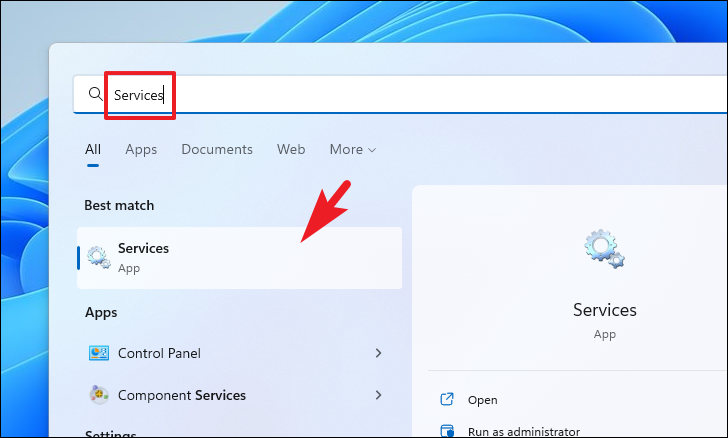
Step 2: In the Services window, scroll down and find 'WLAN AutoConfig'.
Step 3: Double-click on 'WLAN AutoConfig' to open its properties.
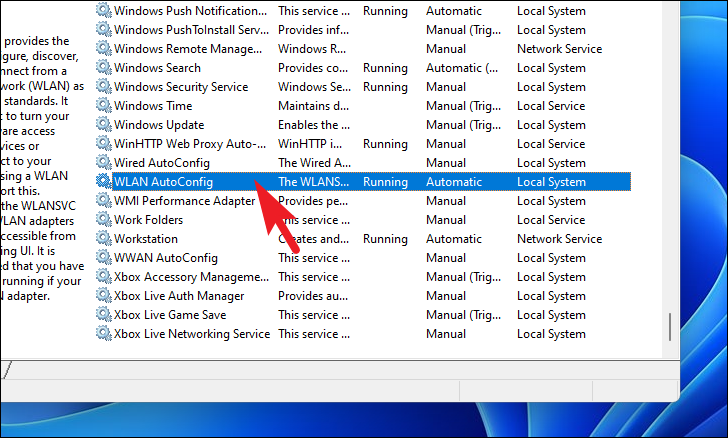
Step 4: In the properties window, ensure that the 'Startup type' is set to 'Automatic'. If not, select 'Automatic' from the dropdown menu.

Step 5: Check the 'Service status'. If it says 'Stopped', click the 'Start' button to run the service. Then click 'Apply' and 'OK' to save the changes.
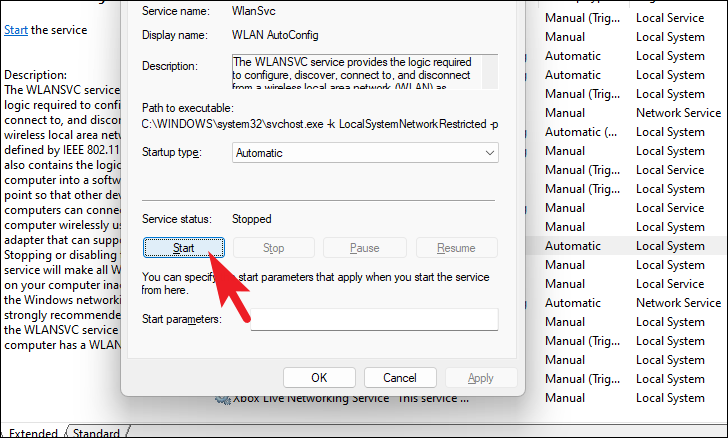
Reset Network Settings on Your PC
Resetting network settings can resolve various connectivity issues by restoring network configurations to their default state.
Step 1: Open Settings by pressing Windows+I and select 'Network & internet' from the left sidebar.

Step 2: Scroll down on the right and click on 'Advanced network settings'.

Step 3: Under the 'More settings' section, click on 'Network reset'.
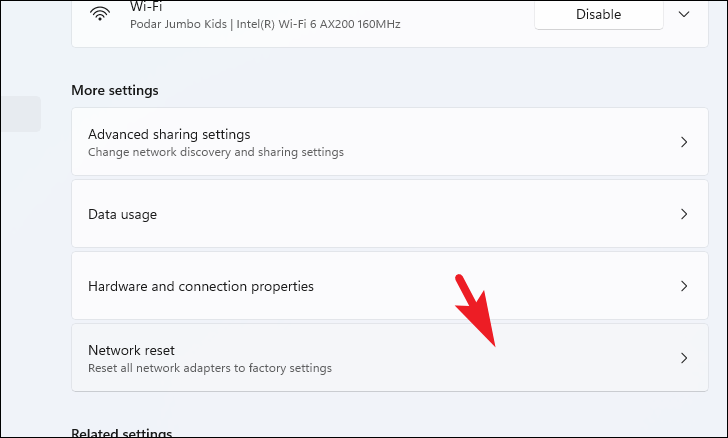
Step 4: Click the 'Reset now' button next to 'Network reset'. Confirm any prompts that appear.
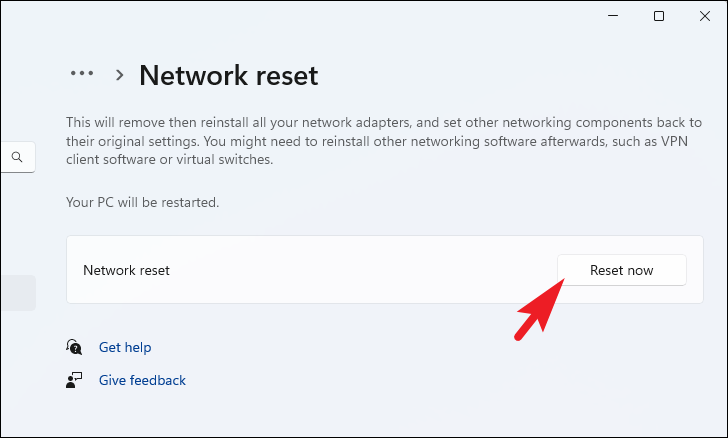
Your PC will restart, and network settings will be reset.
Reset Network Components Using Command Prompt
Resetting TCP/IP settings, flushing DNS, and resetting the Windows Firewall can help resolve network issues.
Step 1: Open the Start Menu, type Command Prompt, right-click on it, and select 'Run as administrator'.
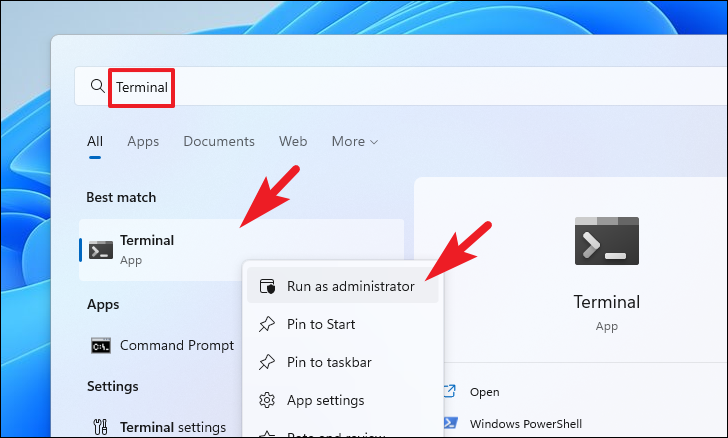
Step 2: In the Command Prompt window, type or copy and paste the following commands one by one, pressing Enter after each:
netsh int ip resetnetsh winsock resetipconfig /flushdnsipconfig /releaseipconfig /renew
Step 3: After executing all commands, restart your PC.
Adjust Wi-Fi Adapter Properties from Device Manager
Changing the power management settings for your Wi-Fi adapter can prevent it from being turned off to save power, which might resolve connectivity issues.
Step 1: Open Device Manager by typing Device Manager into the Start Menu search bar and selecting it.

Step 2: Expand the 'Network adapters' section and right-click on your Wi-Fi adapter. Select 'Properties' from the context menu.
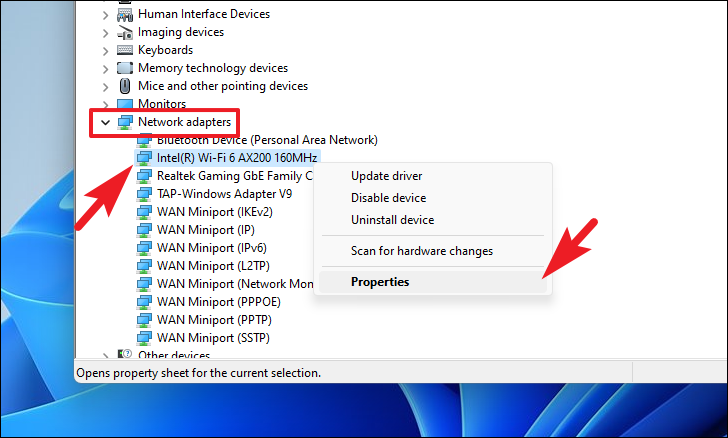
Step 3: In the Properties window, navigate to the 'Power Management' tab.
Step 4: Uncheck the box that says 'Allow the computer to turn off this device to save power'. Click 'OK' to save the changes.

Tweak Power Management Settings
Adjusting your power plan settings can prevent your system from turning off the Wi-Fi adapter to save energy.
Step 1: Open the Control Panel by typing Control Panel into the Start Menu and selecting it.
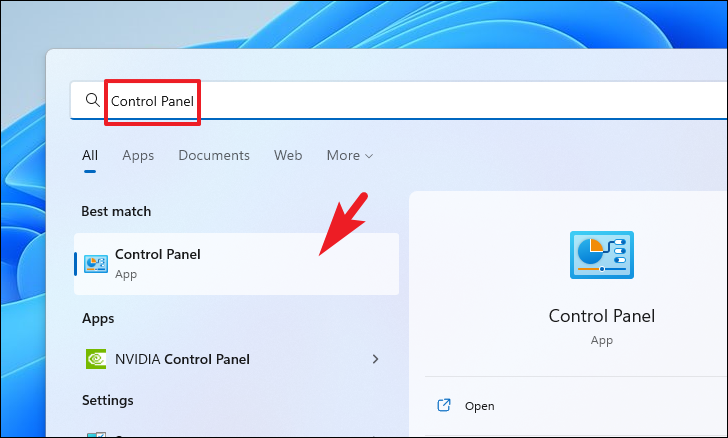
Step 2: Set 'View by' to 'Large icons' and click on 'Power Options'.

Step 3: Click on 'Change plan settings' next to your selected power plan.
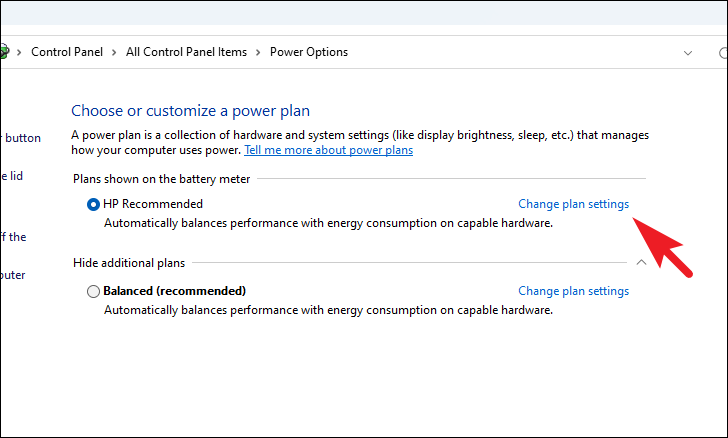
Step 4: Click on 'Change advanced power settings'.
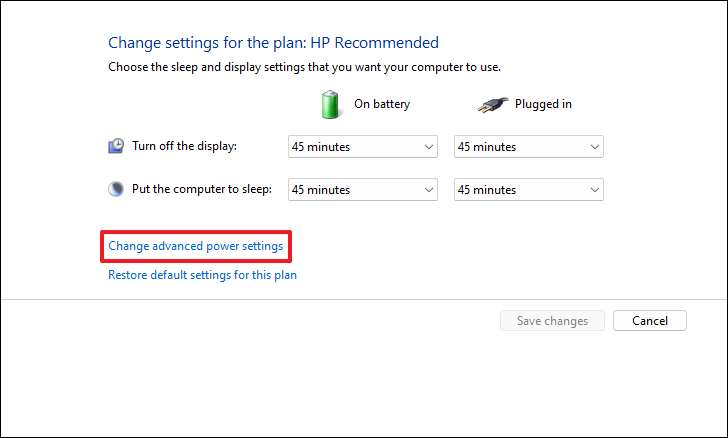
Step 5: In the Power Options window, expand 'Wireless Adapter Settings', then expand 'Power Saving Mode'. Set both 'On battery' and 'Plugged in' options to 'Maximum Performance'. Click 'Apply', then 'OK'.

Broadcast the SSID of Your Wi-Fi Router
If your router's SSID is hidden, your PC may not detect it. Ensure that your router is broadcasting its SSID.
Step 1: Open a web browser on a device connected to your Wi-Fi network and enter 192.168.0.1 or 192.168.1.1 in the address bar to access the router's admin panel.

Step 2: Log in to the router's settings using your credentials. If you haven't changed them, they may be listed on the router's label.
Step 3: Navigate to the 'Wireless' settings section. The interface may vary depending on the router model.

Step 4: Find the 'Hide SSID' option and ensure it is disabled or unchecked. Save the settings.
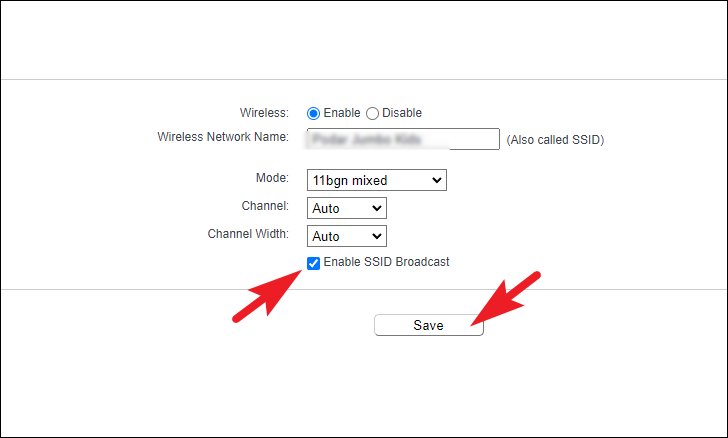
The router may restart to apply the changes. After that, check if your Wi-Fi network appears on your PC.
Reset Your PC
If none of the above methods work, resetting your PC may resolve deep-seated system issues.
Step 1: Open Settings by pressing Windows+I and select 'System' from the left sidebar.
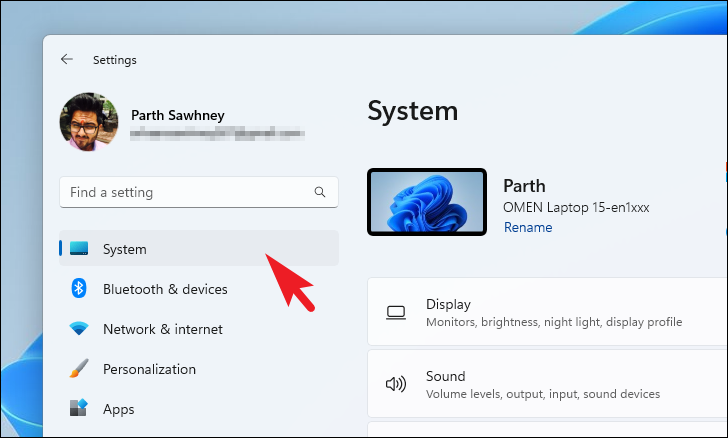
Step 2: Scroll down on the right and click on 'Recovery'.
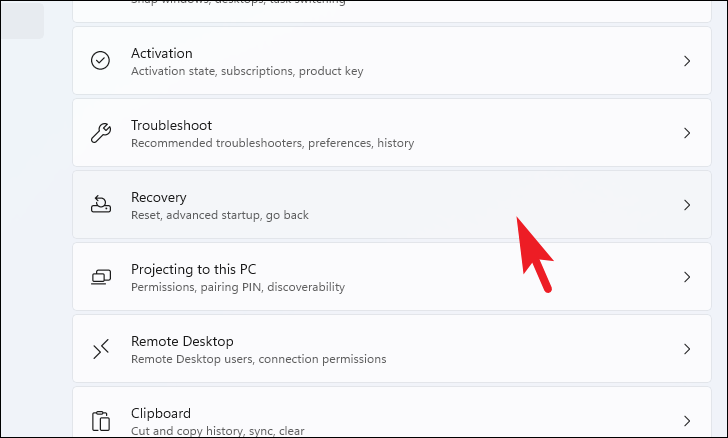
Step 3: Under 'Recovery options', click the 'Reset PC' button next to 'Reset this PC'.

Step 4: In the Reset This PC window, select 'Keep my files'.

Step 5: Choose the 'Cloud download' option to reinstall Windows.

Note: 'Cloud download' requires an internet connection and may use over 4 GB of data.
Step 6: Follow the on-screen instructions to complete the reset process. Your PC will restart multiple times during this process.

By following these methods, you should be able to resolve the issue of Wi-Fi networks not appearing on your Windows 11 PC and restore your wireless connectivity.


